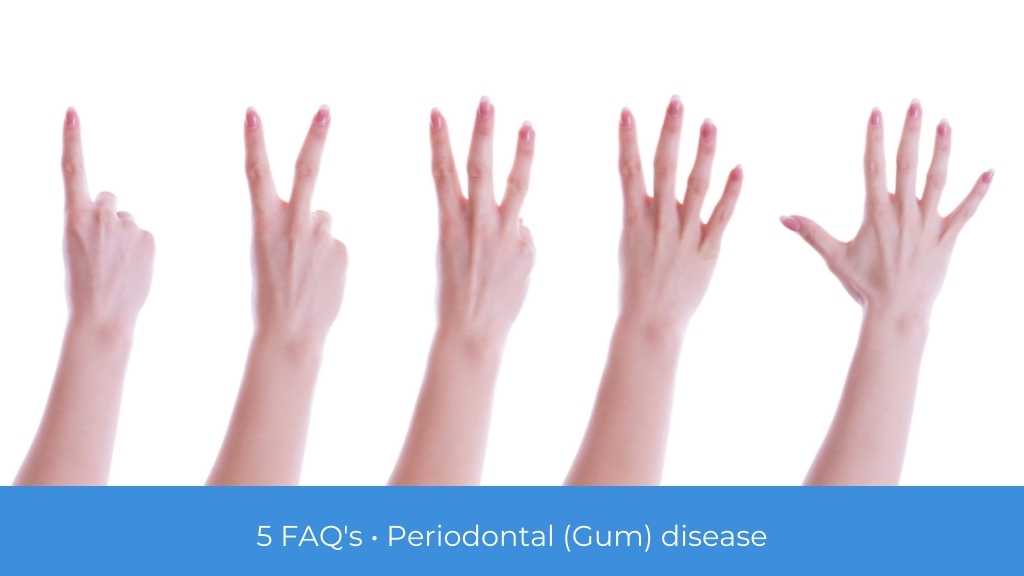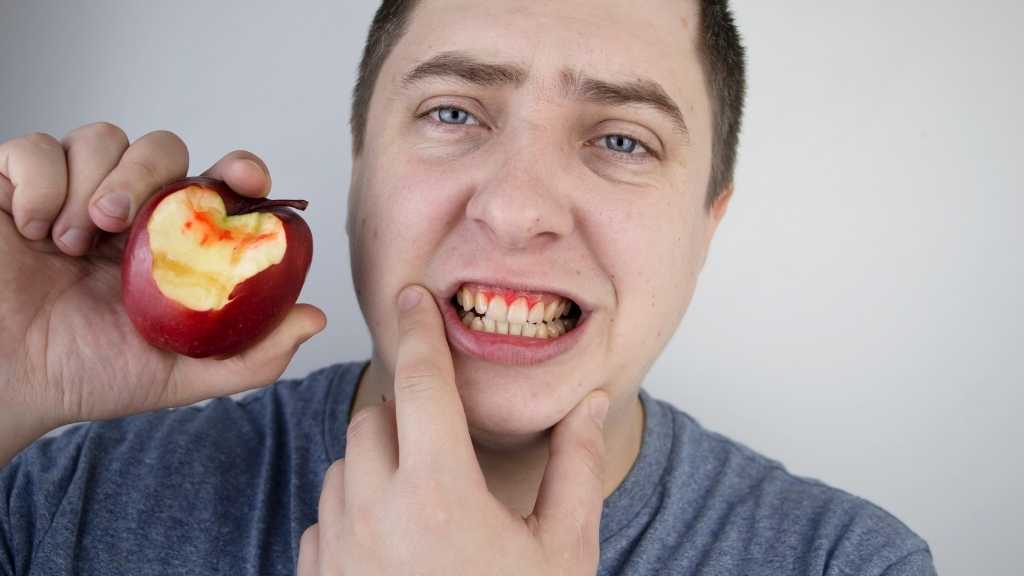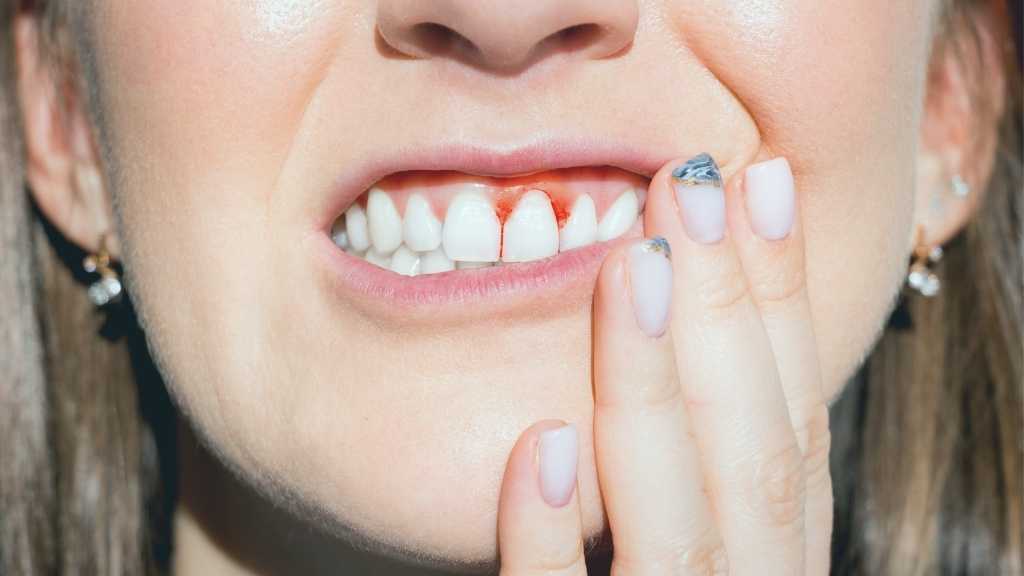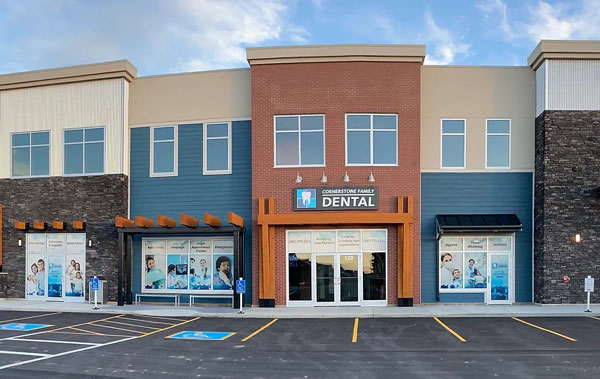gum disease therapy calgary ne
Gum Disease Therapy
Make an appointment today!

Five frequently asked questions answered about periodontal (gum) disease that will make you rethink your oral health
A healthy mouth starts with the regular brushing and flossing of your teeth and tongue twice per day, along with regularly visiting your dentist for checkups and cleanings.

When you fail to properly care for your teeth, you put yourself at risk of developing periodontal disease, or gum disease, which can lead to serious complications in your mouth and body if left untreated. Here are five amazing facts about gum disease that will make you rethink your oral health!
Make an appointment today!
Welcome to Cornerstone Family Dental!
We are a full-service family dental clinic in Calgary NE, providing everything from check-ups, cleanings, cosmetic, Invisalign, white fillings, crowns & bridges, extractions, root canals, and dental implants. For people with dental anxiety we have a revolutionary solution: Our Solea Laser takes the drill, needle, noise and pains out of dental visits! Learn more about SOLEA

1. What are the symptoms of periodontal (gum) disease?

Periodontal disease or gingivitis is often considered to be an older person’s problem, but it can happen at any age. Early symptoms of gum disease include red, swollen, and tender gums. You may also find areas of receding gums or teeth that no longer touch each other when biting together.
As the condition worsens, you may experience difficulty chewing food or brushing teeth due to soreness in the mouth; loose teeth; bad breath; and pus around the teeth or gums. If not treated early on, periodontal disease can lead to bone loss around your teeth and eventually tooth loss.
When you experience any of these symptoms, please take action as soon as possible. At Cornerstone Family Dental we can help treat periodontal (gum) disease. Make an appointment today.
Make an appointment today!

2. What are the causes of periodontal (gum) disease?
The most common cause of periodontal disease is an infection with the bacteria P. gingivalis and A. actinomycetemcomitans. These bacteria get under the gum and produce toxins that irritate the gums, causing inflammation.
Inflammation causes the body to create more white blood cells to fight off the infection, which leads to even more irritation and bleeding, leading to a vicious cycle known as chronic periodontitis. Other risk factors for gum disease include smoking, poor dental hygiene, genetic predisposition, diabetes, heart disease and cancer.
3. Five ways to avoid periodontal (gum) disease.
- Make it a habit to change your toothbrush every 3 months or sooner if the bristles are frayed.
- Brush the teeth at least twice a day with a pea-sized amount of toothpaste and brush for two minutes each time.
- Floss daily, ideally after brushing teeth, but no later than before going to sleep every night or at least once per day.
- Eat a healthy diet including plenty of fruits and vegetables, whole grains, low-fat dairy products and lean protein foods without too many sugars or processed foods.
- See your dentist regularly for checkups, cleanings and fluoride treatments as often as they recommend according to individual needs.
Periodontitis can be transmitted to the other teeth if you have gum disease, as the infected gums are close to other teeth to help hold them in place. Treatment for gum disease should be started immediately to prevent it from becoming more advanced stages that may lead to recession of the gums or tooth loss.
4. What are the treatment options for periodontal (gum) disease?
Treatment options for periodontal disease depend on the severity of the disease. The most common treatments are: Scaling, root planing, and surgery.

Scaling removes plaque and tartar from tooth surfaces to prevent further inflammation and infection. Root planing removes plaque below the gum line to eradicate bacteria. Surgery can be necessary if pockets between teeth and gums develop, or if a tooth is loose or broken off at gum level. Although these treatments are effective for some patients, others need long-term antibiotic treatment to heal their gums.
In addition to surgical measures, some people use electric toothbrushes with built-in timers and replacement heads that encourage better brushing habits as an alternative method of treatment.
5. Is periodontal (gum) disease treatment expensive?
Make an appointment today!
New Patient Form (PDF)
With respect for your valuable time, please click on the link above to print the necessary new patient forms, complete the information and bring them with you to your first visit.
Complete those at your leisure – this will save you time waiting in our office and give you time to carefully review our policies and procedures.
All forms are available in PDF format. To view these files, you need to install Adobe Acrobat Reader to work with your browser. Please note that you need the latest version of Adobe Acrobat Reader to correctly read our forms. If you have problems opening a form, please try to update your version of Acrobat Reader.



